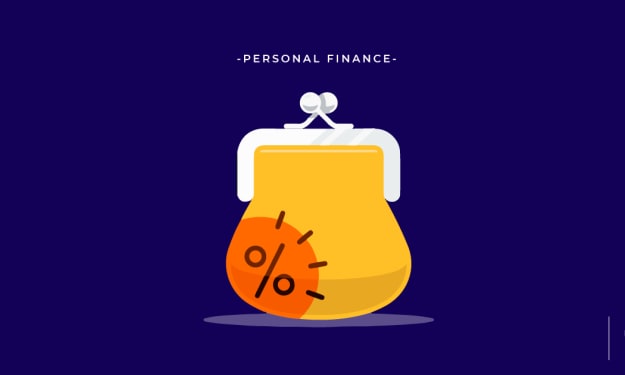How to Grow Your Retirement Savings
IRAs and 401(k)s, as well as other tax-favored retirement accounts, are the best places to save for your retirement.

Experts recommend investing 10% to 20% of your income each year in your retirement plan. That’s because money in a retirement account is tied up in stocks and bonds, which are more likely to gain value than cash that’s sitting in the bank or in a savings account.
Most financial experts recommend investing in stocks and in stock funds, only if your retirement is more than 20 years away. Even though stocks provide greater returns than bonds, investing in stocks is riskier.
Let’s use the last recession as an example. In the US bear market of 2007–2009, stocks lost 50.17% of their value, and it took the market more than three years to recover those losses. And those who were expecting to retire shortly after, probably had to delay their retirement.
Stocks or bonds?
As you approach your retirement age, it’s a good idea to shift more assets from stocks to bonds to protect your retirement account. That’s because they’re safer investments.
But don’t be afraid of the stock market. According to research firm Morningstar, the stock market returned an average of 10.02% a year versus just 5.58% for bonds between 1926 and 2015. So, even if stocks are riskier, they do yield greater returns.
Target-date retirement funds
These are offered in many retirement plans and mean you can forget about asset allocation strategies. You just need to know roughly when you’ll retire, and your plan will automatically shift assets to maximize your return and minimize your risk as you get older.
For example, if you’re 30 now and want to retire when you’re 70, the fund will invest in stocks when you’re younger to take advantage of stocks' superior long-term growth.
As you get older, it will gradually shift more money into bonds so your risk is lower.
Choose the right retirement plan for you
IRAs and 401(k)s, as well as other tax-favored retirement accounts, are the best places to save for your retirement.
The 401(k) plan: all you need to know
The 401(k) is a savings and investment plan offered by employers. With this, you decide the percentage of your salary you'd like to contribute, and your employer will automatically add it to your 401(k) account.
Besides being able to save without lifting a finger, you’ll also benefit from lower taxable wages, and possibly larger tax refunds, since your 401(k) contributions are deducted from your paycheck before Uncle Sam takes a cut (h/t taxes).
Let’s simplify. Say you earn $65,000 a year and decide to put $18,500 into your 401(k), you’ll pay taxes on just $46,500 of your salary. Of course, you will have to pay taxes eventually at your ordinary income tax rate when you start making withdrawals.
There are government-issued limits on how much you can contribute to tax-favored accounts each year. As of 2018, you are allowed to contribute as much as $18,500 of your pre-tax income to employer-sponsored plans.
IRAs: all you need to know
Not all employers offer access to 401(k) plans. In which case, an individual retirement account (IRA) is your next best option.
Also, if you ever reach your 401(k) contribution limit and have additional cash to invest, you should think about opening a traditional IRA to make the most of your savings.
An IRA is basically a savings account, where your money grows tax free making it an ideal way to sock away cash for your retirement. Unlike 401(k)s, which are employer-sponsored plans, IRAs are accounts that you open on your own.
Like with traditional 401(k)s, you'll only pay taxes on your savings once you start withdrawing funds. And with an IRA you can withdraw money at the age of 59½, without having to pay an early withdrawal penalty.
You’re required to start withdrawing money at the age of 70½, and most people under 50 can’t contribute more than $5,500 a year. That’s a lot less than the 401(k) plan limit.
How to choose?
You’ll escape taxes on both the traditional and Roth IRA. So choosing between the two will depend on:
- Your income: Roth IRA sets income limits. So, if your income is over these limits, traditional IRAs are your only option.
- Your tax bracket: If you’re eligible for both, then you should choose a plan based on your expected tax bracket. If you think you’ll be in a lower tax bracket when you retire, choose traditional IRAs. However, if you expect to be in the same or higher tax bracket when you retire, choose a Roth IRA, which allows you to get your tax bill settled now rather than later.
Since it’s difficult to know what the future holds for, we recommend diversifying your retirement saving plans. That means having a Roth IRA (if eligible), as well as a 401(k) plan (if offered).
Finally, whether you’re using employer-sponsored plans, IRAs or both, remember to make sure you meet their requirements. You don’t want to get caught up paying huge penalty fees.
More from FlexInvest
About the Creator
FlexInvest
Investing and finance made simple.






Comments
There are no comments for this story
Be the first to respond and start the conversation.